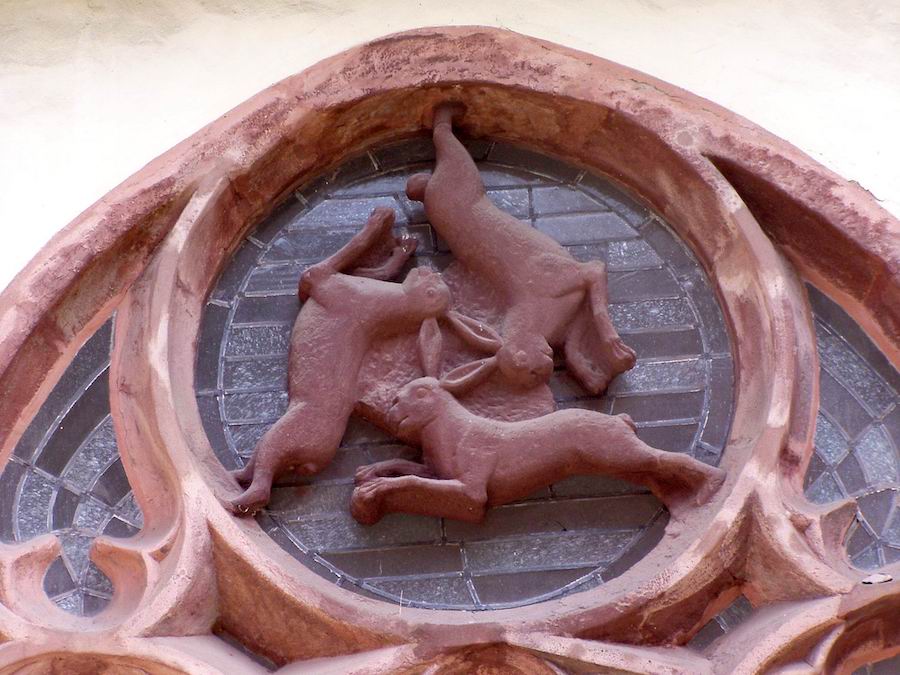SOLEMNITY
The Easter cycle – concluded with Pentecost – determines the dates of other liturgical celebrations: The Most Holy Trinity, Corpus Christi, and Sacred Heart.
Importance
The feast of the Most Holy Trinity belongs to those liturgical feasts that do not have a particular historical event associated with them. Unlike the majority of the liturgical year that celebrates particular events from the history of salvation, Holy Trinity is a doctrinal feast. It accentuates a particular topic (doctrine) of the Christian faith.
The need to celebrate liturgically the Holy Trinity goes all the way back to Christian antiquity. It arose from the acute Christological debates that dominated not only the life of the Church but also the civil society in the early centuries. Although Jesus accomplished his act of salvation for humanity and left us with all we need to reach God, people still need to grow in understanding of this great gift and ponder the implications.
One of the early challenges was to understand the nature of Christ. Arius, a priest in Egypt (around 280-336), argued that Christ was not of the same nature as the Father, but rather created and thus subordinated to the Father. This false doctrine gained a large acceptance and it was only overcome and corrected after long theological debates. These debates were far from being just academic exercises; they indeed caught the attention of many people and led to a vivid interest in doctrine on God, awareness of faith, and even created a new language.
- The early Church (particularly the Roman liturgy) would always address their prayers only to God the Father, through Christ, and in the unity of the Holy Spirit.
- This differentiation was eventually abandoned and all divine persons became recipients of prayers. The doctrine of Trinity became a central dogma of the Christian faith.
History
The deeper understanding of faith in Trinity also had an impact on liturgy. Early testimonies include a Preface about the Holy Trinity (mid 8th cent.) and a votive Mass in honor of the Holy Trinity (8th cent.). These liturgical texts were frequently used on Sundays between Pentecost and Advent, and Benedictine monasteries became a major driving force of this devotion (around 1000 AD). It took until the 14th cent. to introduce Holy Trinity as a universal feast for the whole (Latin) Church.
The feast of the Holy Trinity does not occur in Eastern Churches (Byzantine Catholic Church, Chaldean Catholic Church…) which rather express the same doctrine in association with Pentecost.
The particular date of this feast varied for a long time. The current setting (one week after Pentecost) bundles it with the history of salvation and offers a unique perspective on the liturgical year:
- Christmas as work of God the Father
- Easter as work of God the Son
- Pentecost as work of God the Holy Spirit
Liturgical Celebration
The readings from biblical texts show gradual revelation of God in various stages of the history of salvation:
- First reading
- Moses on Mount Sinai encounters God (Exodus 34)
- Moses’ speech to the people before entering the Promised Land (Deuteronomy 4)
- Origin of divine Wisdom (Proverbs 8)
- Second reading
- Trinitarian greeting (2 Corinthians 13)
- Works of the Spirit (Romans 8)
- Love of God poured out through the Holy Spirit (Romans 5)
- Gospel
- God has loved the world and sent his Son (John 3)
- Baptize them in the name of the Father, and of the Son, and of the Holy Spirit (Matthew 28)
- Jesus promises his Spirit (John 16)
The solemn character of the liturgy is nicely highlighted by the ancient preface:
… with your Only Begotten Son and the Holy Spirit you are one God, one Lord: not in the unity of a single person, but in a Trinity of one substance. For what you have revealed to us of your glory we believe equally of your Son and of your Holy Spirit…
Preface: The mystery of the Most Holy Trinity


